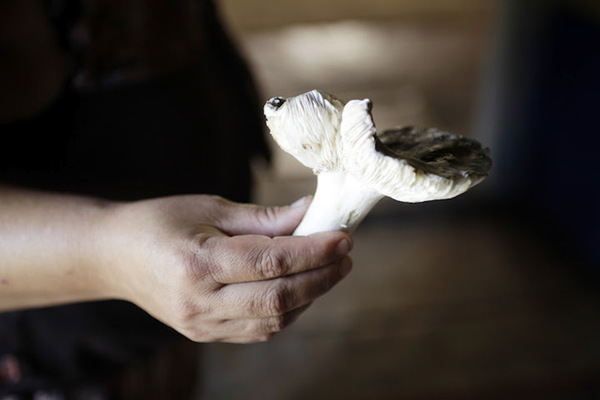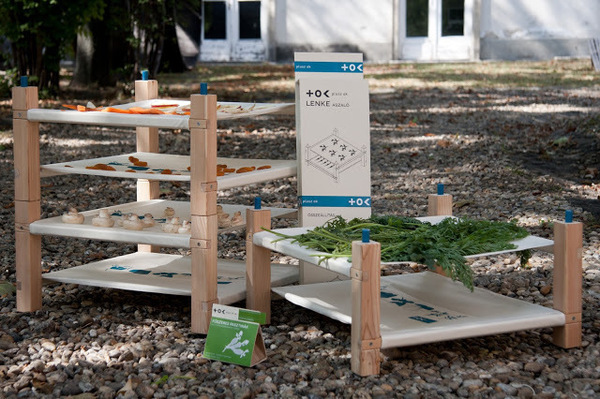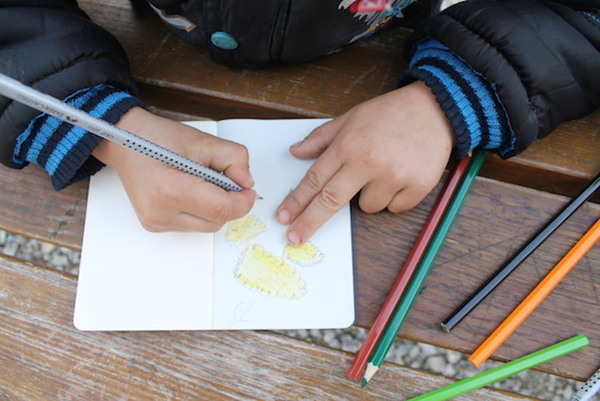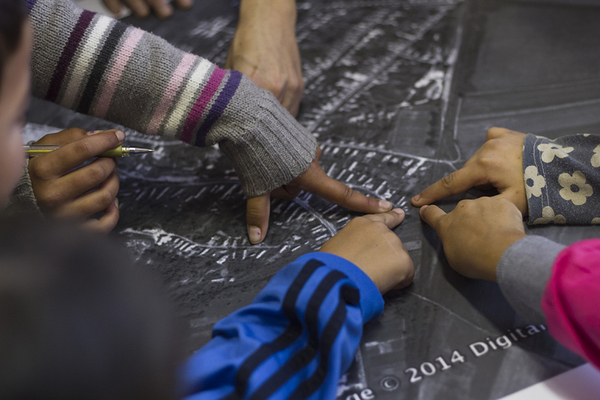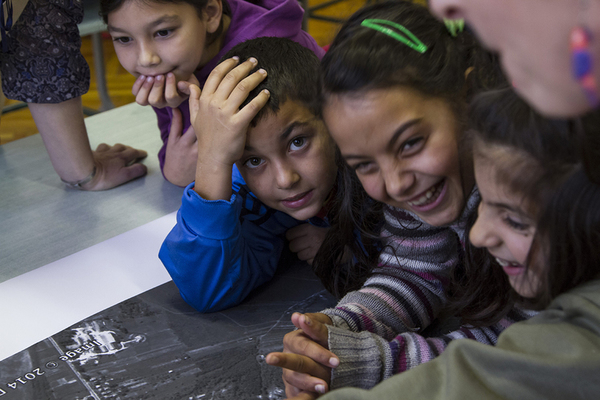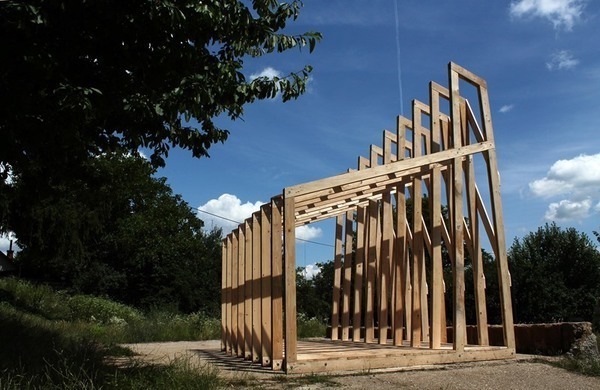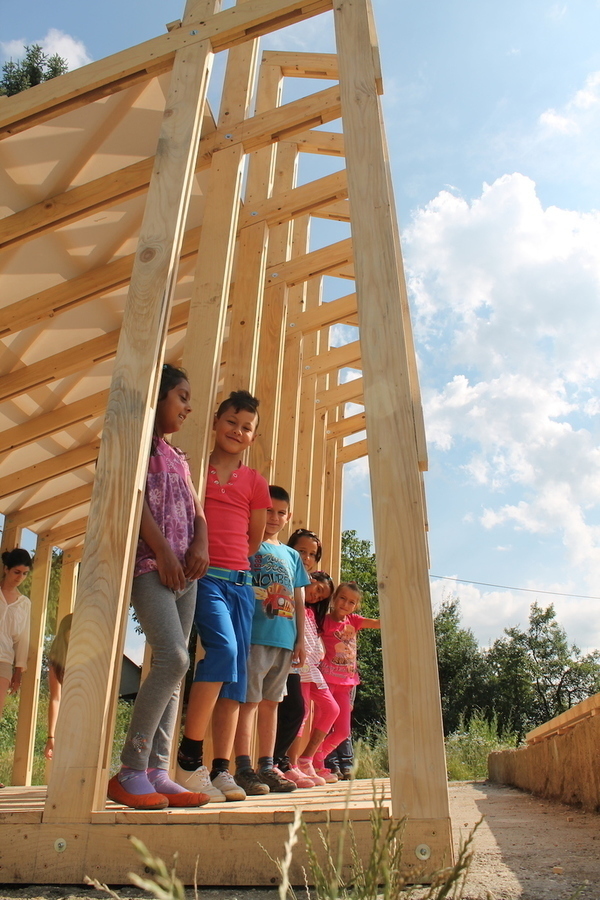Difference between revisions of "How to make it work"
| Line 19: | Line 19: | ||
Even though dozens of students and young professionals worked on the project and the project brought together a handful of different disciplines and used tested methodologies, it was a complete failure. The bottom line for the local people was how these brilliant designs could help feed their children next month? | Even though dozens of students and young professionals worked on the project and the project brought together a handful of different disciplines and used tested methodologies, it was a complete failure. The bottom line for the local people was how these brilliant designs could help feed their children next month? | ||
| − | The project in remote Bodva valley to help local communities | + | The project in the remote Bodva valley which aimed to help local communities failed in its first year. And in terms of impact, its activities in the second year were failures as well. Dead-ends over and over again. However, with each failure, the team got a little closer to understanding how to make the project work. The team started to understand that for people living in poverty, what is given today is much more valuable than what is promised tomorrow. They started to understand that the real structures and contexts of social challenges are much more complex than any textbook or theoretical model can describe. The group realised that resolving such complex challenges starts with listening and never with demonstrating. And finally they realised that working for a community is significantly different than working with a community. |
| − | + | On the basis of all these lessons learnt, the MOME EcoLab has changed its objectives and prioritised ‘learning from the local community’ and ‘working with the community’ above ‘helping the community’. | |
==== THE CLOUD FACTORY PROJECT - MOME ECOLAB HAS TO LEARN FIRST. ==== | ==== THE CLOUD FACTORY PROJECT - MOME ECOLAB HAS TO LEARN FIRST. ==== | ||
| − | Since 2013 the Lab | + | Since 2013, the Lab has worked on creating a community centre in Bódva Valley called the Cloudfactory where designers and local kids can learn from each other, work and act together. It teamed up with one of the biggest elementary schools in the Bódva Valley, and started to work with first graders at the school. These were kids who have local knowledge, networks and who are recognised by their community. |
| − | This time the Lab walked | + | This time the Lab walked the project road slowly. The group spent an entire semester on a project just to get to know each other and the kids of the Valley. The kids were given small diaries and were asked to draw the most beautiful clouds every day for an entire month. Then contemporary Hungarian writers and poets were invited to create short stories as written illustrations for the drawings. After that, young graphic designers from MOME helped to put together the whole graphic story of the clouds of the Bódva Valley, a subjective atlas of the dreams, desires and perspectives of the local kids: a book called the Cloudbook. |
[[File:CLOUD_2014_Photo_Feher.jpg|Photo by Bori Feher, 2014]] | [[File:CLOUD_2014_Photo_Feher.jpg|Photo by Bori Feher, 2014]] | ||
Revision as of 17:43, 28 January 2015
Author: Bori Feher
CLOUDFACTORY // A SOCIAL DESIGN PROJECT BY MOME EcoLab
In the summer of 2011 a group of dedicated students and young professionals from MOME EcoLab, the sustainability research group of Moholy Nagy University of Art and Design Budapest in Hungary, travelled to the remote Bodva valley, one of the poorest regions of Europe, to meet and help local Roma communities living in extreme poverty. The aim of the visit was to start a long-term social design project which would have relevant impacts. After four years of multiple failures, dozens of dead-ends and lots of work, the group is just about ready to understand “how to make it work”.
MASINA / Socio-Gastronomy in Bódvalenke
In the first year of the project, the team focused on the local gastronomic heritage of the village of Bodvalenke, where malnutrition is widespread and the unemployment rate is almost 90%. The team looked at the diversity of recipes and the culture of picking wild fruits and herbs as a genuine local resource and used it as a starting point for solutions.
A team of sociologists, economists, photographers and designers collected local recipes, anecdotes and personal stories to create a local cookbook, called MASINA / Socio-Gastronomy in Bódvalenke. Parallel to that, a team of young designers and architects designed a range of herb, fruit and vegetable driers for local families to produce high quality organic food that could be sold on the market. These timber dryers had been designed in such as way that local kids could make them from local scrap wood and recycled materials. As a bonus, graphic designers created a brand called PluszOK - loosely translated into English as 'plus' or 'extra' - and a set of design packaging so the products could be sold on the market at much higher prices. Economists also developed a theoretical fair-trade business marketing and sales model to generate income locally, and thus strengthen the resilience of the community.
Even though dozens of students and young professionals worked on the project and the project brought together a handful of different disciplines and used tested methodologies, it was a complete failure. The bottom line for the local people was how these brilliant designs could help feed their children next month?
The project in the remote Bodva valley which aimed to help local communities failed in its first year. And in terms of impact, its activities in the second year were failures as well. Dead-ends over and over again. However, with each failure, the team got a little closer to understanding how to make the project work. The team started to understand that for people living in poverty, what is given today is much more valuable than what is promised tomorrow. They started to understand that the real structures and contexts of social challenges are much more complex than any textbook or theoretical model can describe. The group realised that resolving such complex challenges starts with listening and never with demonstrating. And finally they realised that working for a community is significantly different than working with a community.
On the basis of all these lessons learnt, the MOME EcoLab has changed its objectives and prioritised ‘learning from the local community’ and ‘working with the community’ above ‘helping the community’.
THE CLOUD FACTORY PROJECT - MOME ECOLAB HAS TO LEARN FIRST.
Since 2013, the Lab has worked on creating a community centre in Bódva Valley called the Cloudfactory where designers and local kids can learn from each other, work and act together. It teamed up with one of the biggest elementary schools in the Bódva Valley, and started to work with first graders at the school. These were kids who have local knowledge, networks and who are recognised by their community.
This time the Lab walked the project road slowly. The group spent an entire semester on a project just to get to know each other and the kids of the Valley. The kids were given small diaries and were asked to draw the most beautiful clouds every day for an entire month. Then contemporary Hungarian writers and poets were invited to create short stories as written illustrations for the drawings. After that, young graphic designers from MOME helped to put together the whole graphic story of the clouds of the Bódva Valley, a subjective atlas of the dreams, desires and perspectives of the local kids: a book called the Cloudbook.
The book was a perfect project to build mutual understanding and trust between the EcoLab team and the local kids and to show what they can achieve together. Based on that foundation, the next phase started: designing a community center with kids, a creative workshop building; the Cloudfactory. During a number of co-design workshops local kids and young architects of EcoLab worked out what their design factory should be like.
In Spring 2014 experts from Maryland Institute College of Art – Center for Social Design (MICA CSD) joined the initiative, and during a design summer camp with EcoLab they built the 1st phase of the Cloudfactory, a small wooden structure which can be a place for future interactions between young designers, students, teachers of the school and kids of Bódva valley of course. Since then EcoLab held a number of design workshops for the school kids, and started to collaborate also with their teachers.
The Cloudfactory now seem to be on a right track for interdisciplinary and multi-stakeholder dialogue, capacity building and knowledge transfer in the field of social design, and design for resilience. MOME EcoLab tries to listen, hear and see with positively open mind to stay able to react, as team members learn more about the community.
In July 2015 MOME EcoLab and MICA CSD are going to hold an international summer university in Bódvaszilas, Hungary, where they will rethink and redesign the courtyard of the elementary school: install new play n’ learn spaces and build the 2nd phase of the Cloudfactory.
Bori Feher, 2015
MOME EcoLab is the Sustainability Resarch Group of the Moholy-Nagy University of Art and Design Budapest. The Lab was founded in 2010 by Daniel Barcza and Bori Feher. It’s a practice based, open, creative think-and-do-tank. Its aim is to develop creative, sustainable, and tangible solutions for the social and ecological challanges of the 21st century, to create positive value where it is most needed, to achieve big impact with small interventions.
